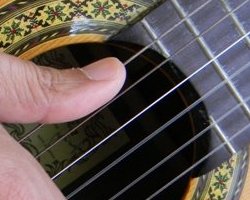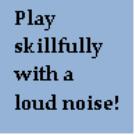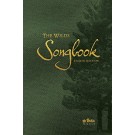1. Do a chord inventory by looking through the whole song and noting all the different chords that are used. Learn how to finger any chords that are new to you.
2. Practice changing from chord to chord in the song. Think about how to make each change in the best way.
Remember that normally the left hand finger that stops the string for the lowest sounding fretted note in the chord needs to be put down first. This will mean putting fingers on the bass strings in a chord before fingers are put down on treble strings (or putting all fingers down at the same time).
For example, changing from Am to G: G has a finger on the sixth string, so that finger needs to go down first, followed by the finger on the fifth string before the finger on the first string is put down.
3. Practice strumming through the song according to the basic rhythm of the song given by the time signature. For example, you would strum 4 times in each full measure for a song in 4/4.
4. Keep track of any hard sections of the song where the chord changes are difficult. Isolate those sections and practice changing back and forth between the chords in those sections.
5. For chords that are hard to play, try simplifying in one or more of the following ways:
a. Ignore the bass note of the slash chords and play the basic chord. For example, play Am instead of Am/G or A instead of A/C#.
b. Try playing just the melody note for hard chords, especially if they do not last very long. For example, instead of playing an e°7/Bb chord that lasts for only one beat (or a shorter time) in a measure, you would play just the melody note of the chord.
c. For a series of fast chord changes, try playing one of more of the chords as a pinch chord by pinching your right hand thumb and three fingers (i-m-a) together in one smooth motion. The right thumb will sound the lowest bass string in the chord, and the three fingers play the treble strings.
6. When the chord changes become smoother, practice strumming the chords according to the actual rhythm of the melody. For example, a measure in a 4/4 song that has two quarter notes, a dotted quarter note, and an eighth note would be strummed with down strums on beats 1, 2, 3, and on the and of beat 4.
7. For chords that are played when a melody note lasts for more than one beat, try filling in after strumming or pinching the chord on beat 1. Quickly and repeatedly alternating the bass note with one of the notes on the treble strings is a good way to fill out such places in songs.
8. When you can strum through the song well according to the rhythm of the melody, work on picking through the song. Try different picking patterns to see what sounds best.
(This PDF provides more information, including examples with chord diagrams)
Copyright © 2011-2024 by Rajesh Gandhi. All rights reserved.







